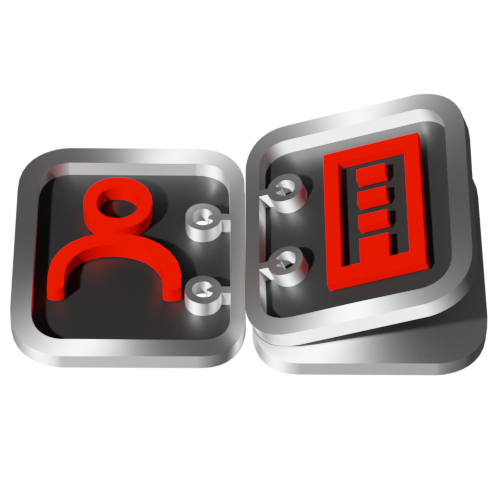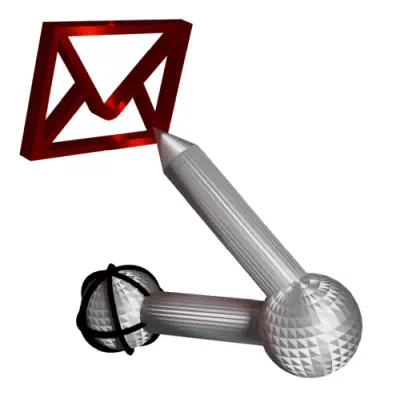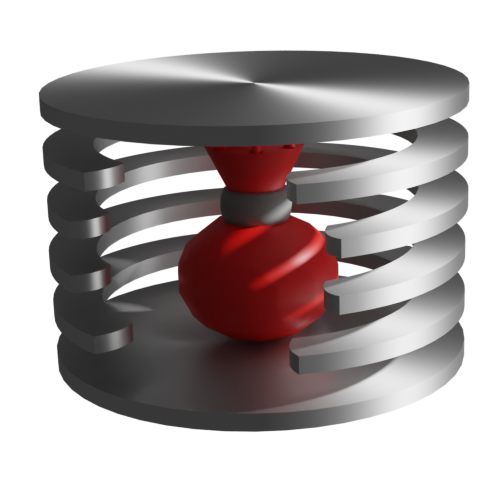AyMINE – Technical documentation
Modules
Integration with ERP Abra Gen
 Task, project & quality management
Task, project & quality management
Manager approval with the task report
Why some data can't be deleted
GDPR and record of qualifications
Qualification of user or contact
Right to Manage Qualifications
Adminitration of areas, projects, calendars
Failure Analysis for an Individual Property of a Component or Process
FMEA – Probability of Detection
FMEA – Probability of Occurrence
 Task, project & quality management
Task, project & quality management
Administration of the Task Management Module
System rights for the task management module
Improvements and Preventive Measures
Methodology and Quality Management systems
What makes up the methodology / SMJ
Problems, tickets and their management
Collaborative Resolution of Multiple Problems
Customer Service Response Generation
Incident and Quality Issue Management
Objects affected by the problem
Problems, Incidents, Helpdesk Tickets
Return project plan by baseline
Sample tasks and methodologies of the area
Effect of the task on the right to modify the attached object
The person responsible for the task
Working procedure – task definition
Management of responsibilities - RACI Matrix
Objects related to the task pattern
 Contacts and directories module (CRM)
Contacts and directories module (CRM)
Address book list and management
Directory or people and companies
Order overview for customer groups
 Contacts and directories module (CRM)
Contacts and directories module (CRM)
System Permissions and CRM Module Settings
Send bulk messages in compliance with GDPR
How to correctly forget a person's details
Unsubscribe and set preferences
for bulk mail
 Web management and automation
Web management and automation
Receiving a message from the web
Human resources
Personalistics – User Permissions and roles
Human Resources module security
Manage department / division data
Overview of Personnel Information for pracov# Employment Contract
Synchronizing staff and system users
 Products, assets and sales
Products, assets and sales
Creating and processing orders
Manage the Property & Business module
Why are the Quality criteria usefull
Managing Finance
Metrics and Measurements
Work summaries from generated data
Technical Modules
Sabre plugin module
Enterprise Architect connector
Database link to Enterprise Architect database
Enterprise Architect connector
System Modules
 The AyMINE Framework Module
The AyMINE Framework Module
AyMINE — Tips for Mobile Usage
Configure how your system looks and works
Gestures and Keyboard Shortcuts
More about how the system works
Private notes and tags for objects
Overview of Modules and Record Types
Assets
An asset generally represents any tangible or intangible value.
Assets in a company
Under assets, you manage information about assets that are recorded piece-by-piece:
- Machinery and production equipment
- Office equipment
- Buildings
- Software
- Financial assets - investment products, interests in other companies, shares, etc.
Assets in a project
Under projects, assets are used to record parts that are generated in a project
- Prototypes
- Functional samples
- Individual pieces of production
Accounting data for assets
Common data
For all assets, it is possible to document:
- Acquisition and current price (changes in price, e.g. depreciation, are included in the financial records)
- Manager (changes are kept in the history)
- Where and how it is currently used
- For which production or project it was used
- Contracts (typically acquisition, maintenance, leasing, insurance, etc. are associated with the asset)
- Tasks that work with the asset (e.g. maintenance, revaluation, renewal of insurance, etc.)
Specific data
The asset card varies according to the type of asset. Depending on your system settings, some types of assets have special pages. For example:
- Fleet management supports special vehicle data records
- A calendar can be linked to assets - e.g. construction machines are linked to contracts and the calendar shows when the machine will be used in which construction.
- Some assets - typically buildings - have links to locations that are linked to them
- Some assets have quality monitoring flags - quality criteria and control mechanisms. See more Quality Management section.